Hahndorf is the oldest surviving German settlement in Australia, and the main street is made up of historical buildings dating back to the 1800's. Founded in 1839, the trees that line the streets are a hundred years old, adding to the beauty of the picturesque town. German flags and music add to the ambiance and you investigate the offerings of the restaurants and shops. You feel transported to another time and place, despite being a mere twenty minutes for the Adelaide CBD!
While many visitors come to Hahndorf to get a glimpse of the past, Hahndorf is increasingly acknowledged for the modern and the chic and generally a trendy place to wine and dine or to hang out with friends. It is also a good place to buy some Christmas decorations (if you visit the village in December) or enjoy autumn beauty during long Easter holidays.
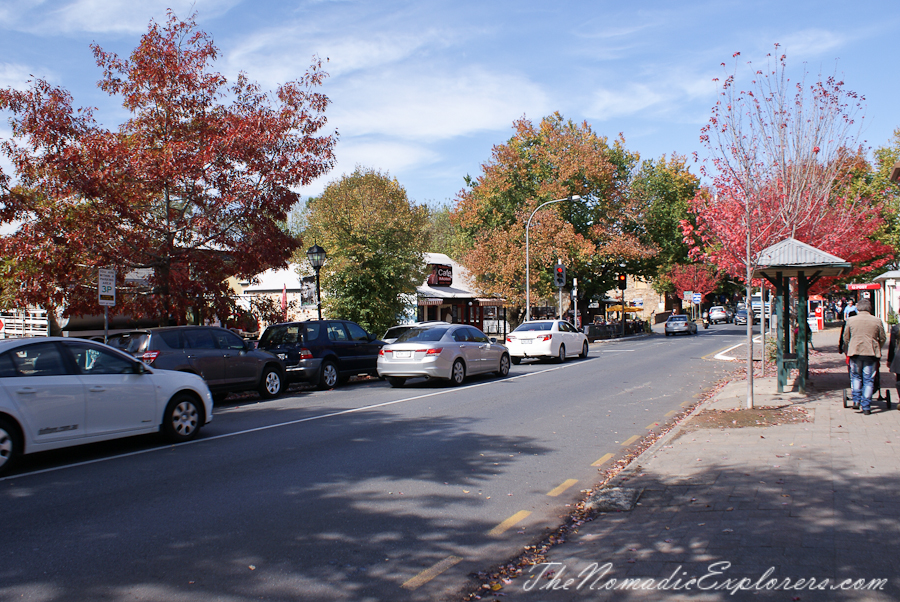
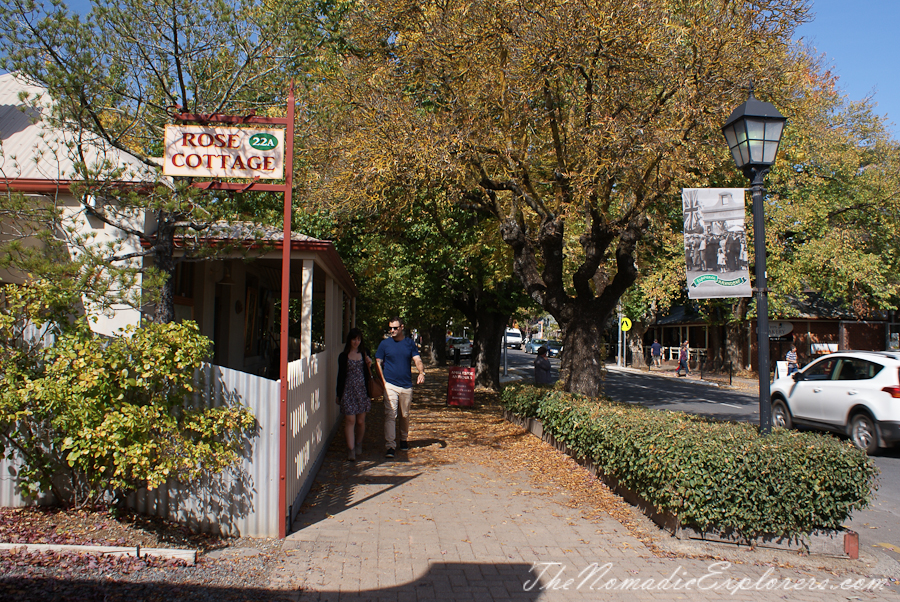
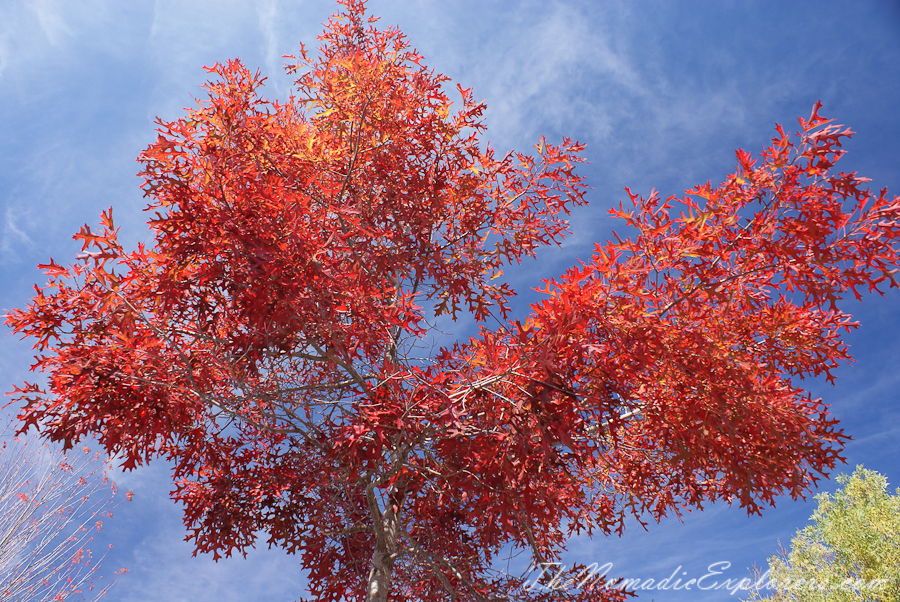
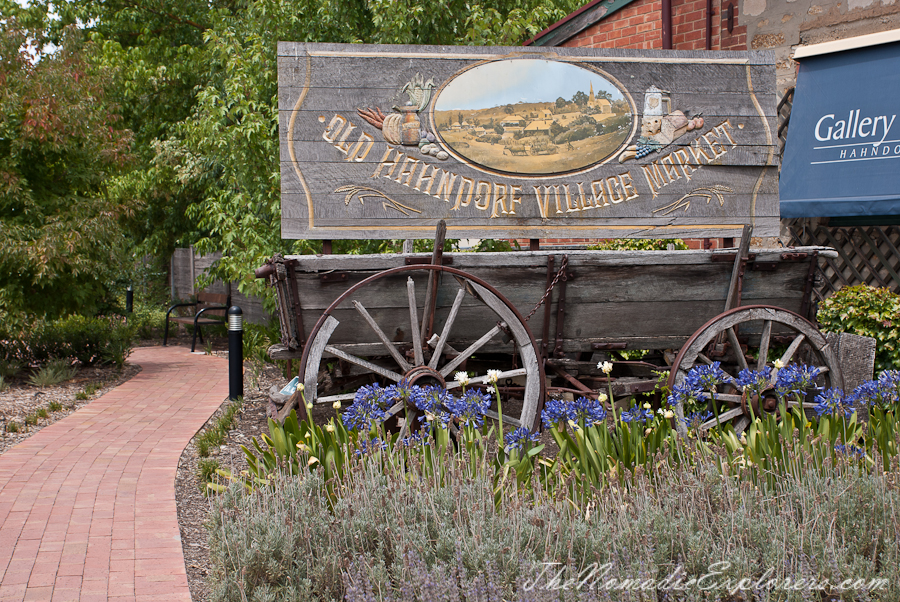
There is a small, but very informative museum in the Information Centre building, where you can learn more about the history of Hahndorf:
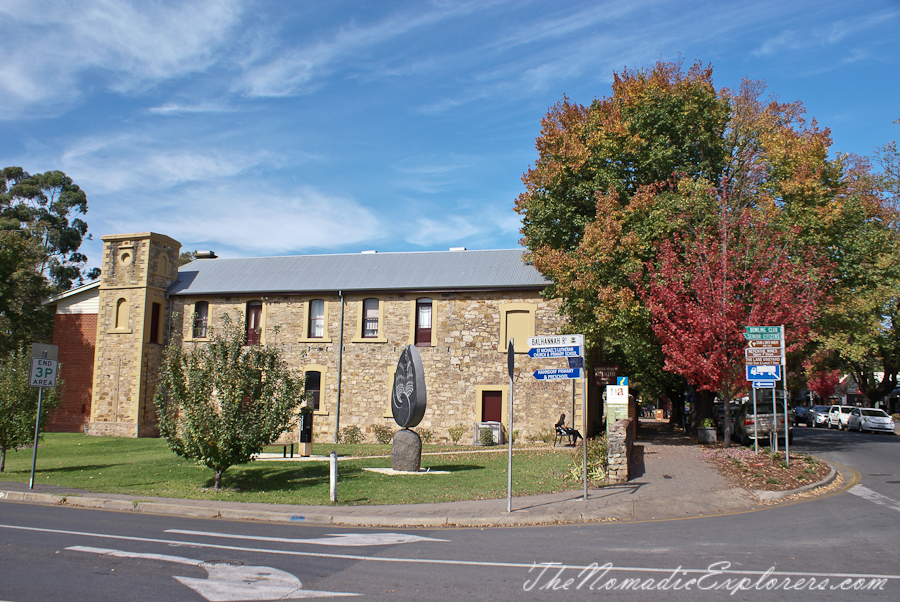
Here key things from HahndorfSA.org.au website:
The German history of Hahndorf can be traced back to 1838 when George Fife Angas, a director of a South Australian company, made a trip to London to promote colonization. During his trip he met Pastor Kavel who was trying to help German Lutherans, being persecuted by the King of Prussia, to immigrate to safer places. Angas was moved by the plight of the Lutherans and persuaded Kavel that South Australia was a suitable place for emigration and also provided the generous financial assistance of $8000 pounds.
On the 28th of December 1838 the 344 ton ship "Zebra" carrying 187 German Lutheran immigrants (38 families) arrived in Port Adelaide. The ships captain Dirk Hahn, a Dane, had grown to respect the passengers and promised to help them achieve their goal of settling and farming together. He was able to negotiate a parcel of land in the Adelaide Hills. The new settlement was named Hahndorf (Hahn's village) in honour of Captain Hahn who had assisted the refugees to achieve their goal.
The new settlers worked hard planting crops and grazing their cattle to sustain their community. Over time the settlers managed to produce a surplus of produce which were sold by the women who walked to surrounding areas and Adelaide. The profits were used to pay off their debt and to purchase more land. By the mid 1840’s the population of Hahndorf had increased to 250 and Hahndorf was considered an important supplier of Fruit and Vegetables to the Adelaide region.
Overtime Hanhndorf changed from a being a farming village to a becoming a major service centre for the surrounding region. Many of the early shops were family businesses and the buildings reflected their dual commercial and residential use. The businesses established on Main Street including wheelwrights, blacksmiths, shops, pubs and carpenters.
During World War One there was anti-German prejudice and this resulted in Hahndorf being renamed Ambleside, after a nearby railway station, in 1917. It was reverted back to Hahndorf in 1935 as part of South Australia’s centenary celebration.
Nowadays the town became a place to visit on tourist maps and today the historic town is one of South Australia’s premier tourist destinations.
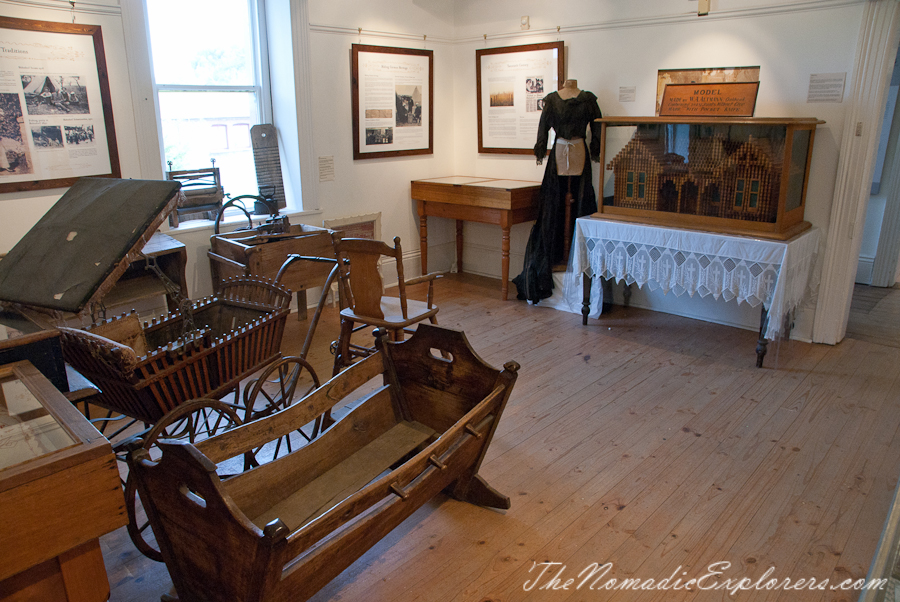
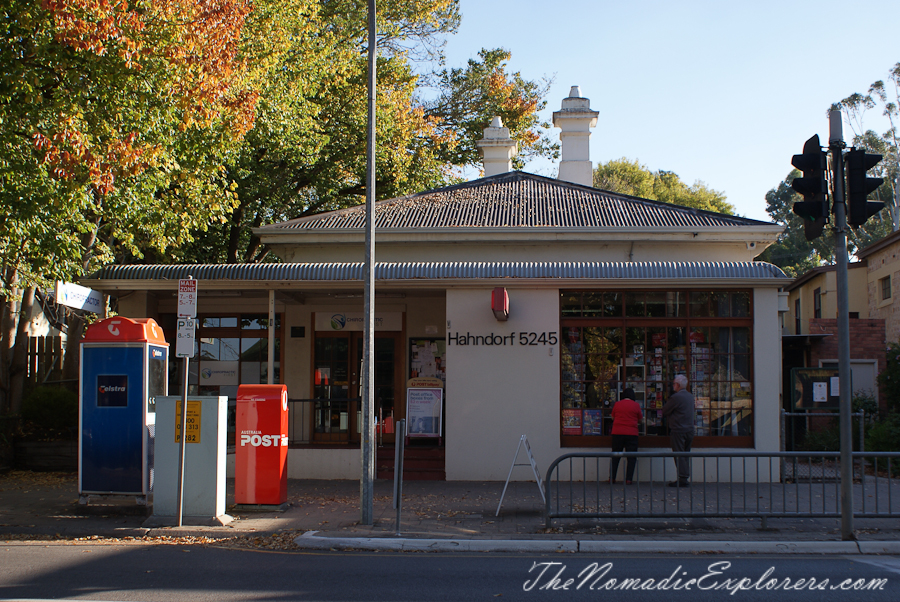
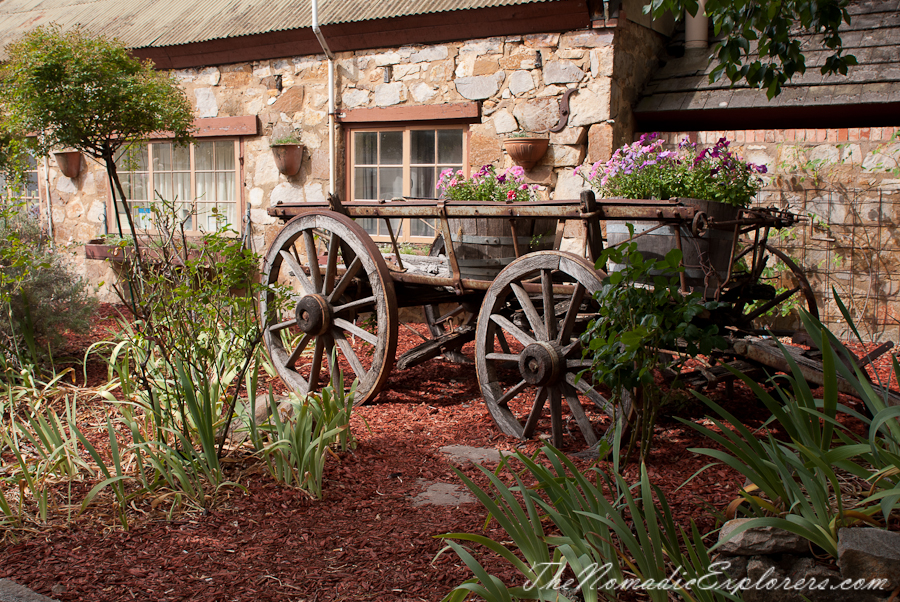
Hahndorf has a unique 'village feel' about it and the Main Street is lined with eateries, souvenir and gift shops, clothing and leather goods and craft outlets and galleries.
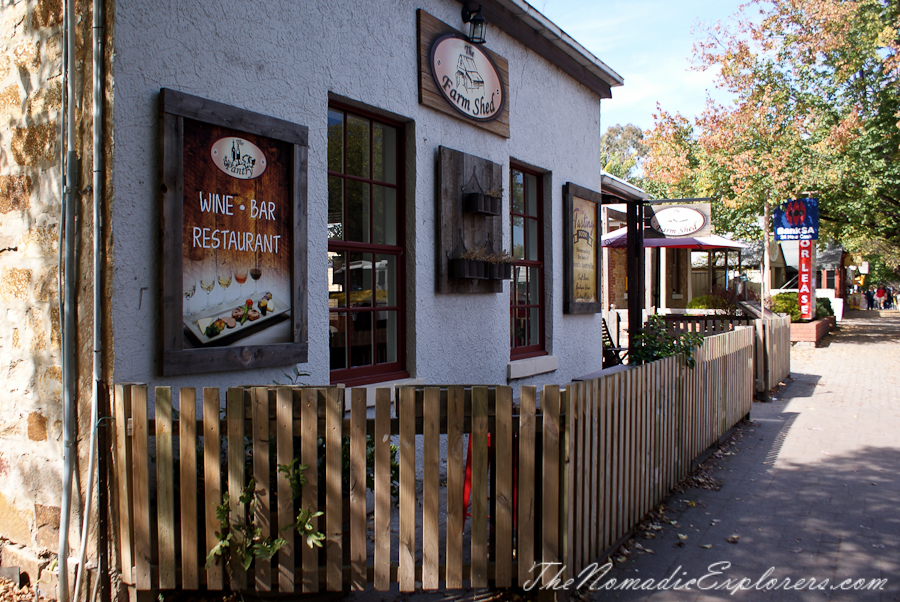
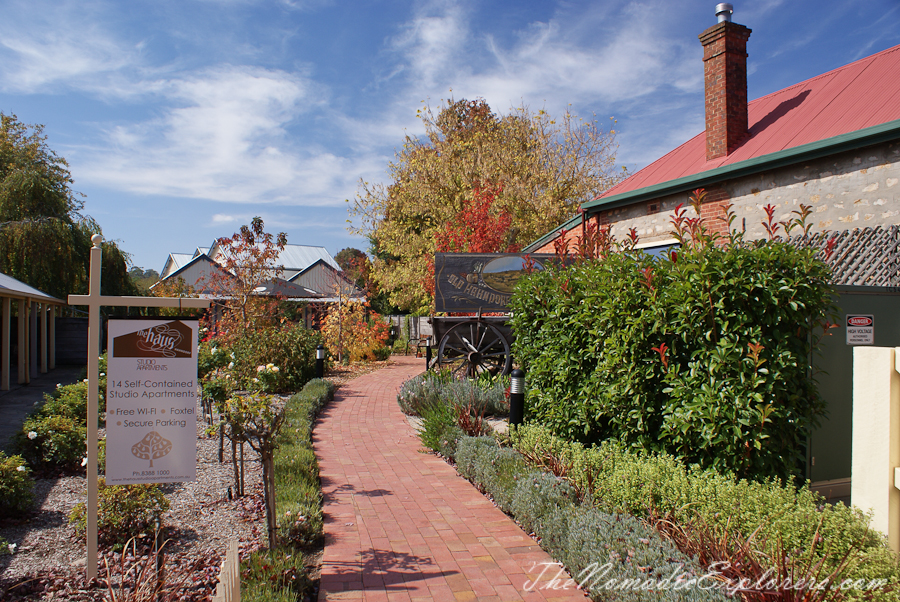
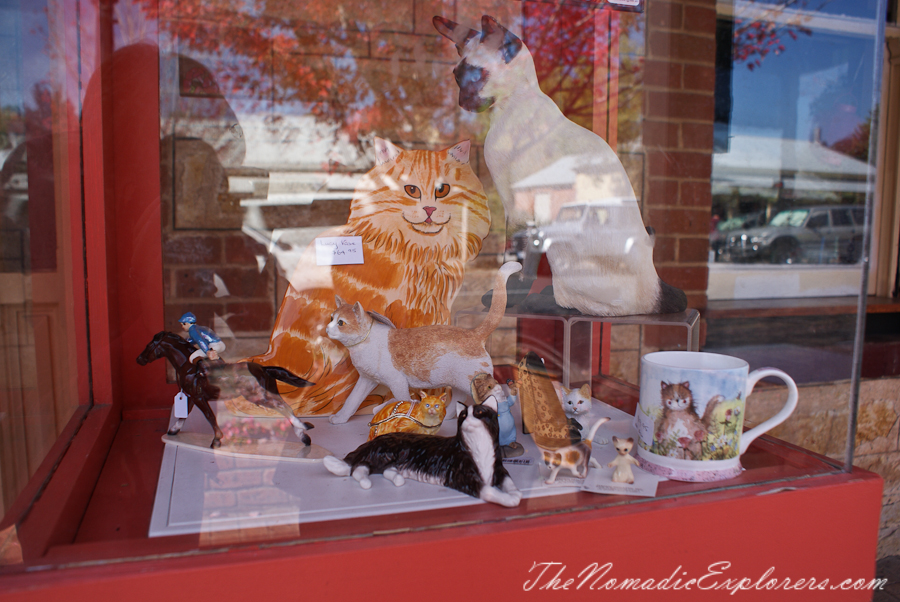
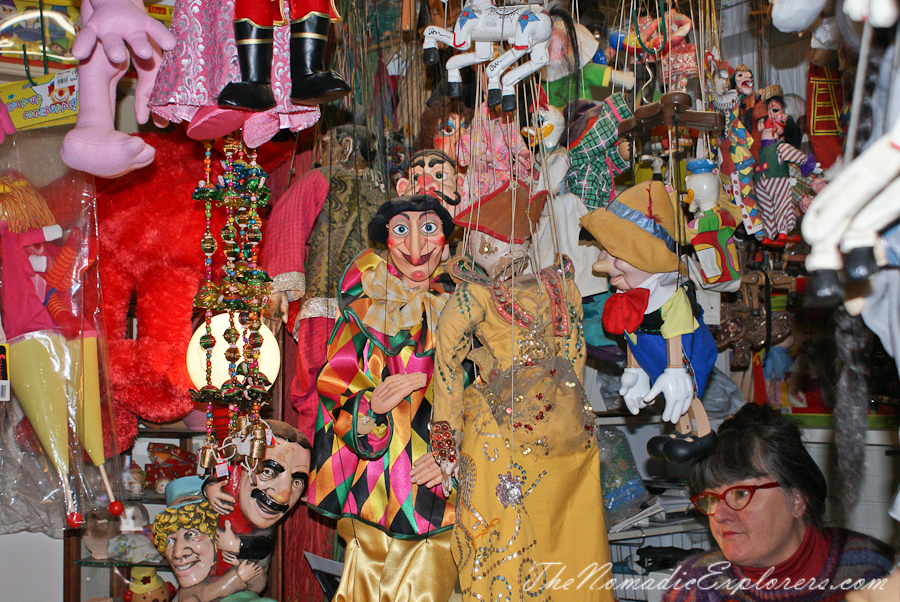
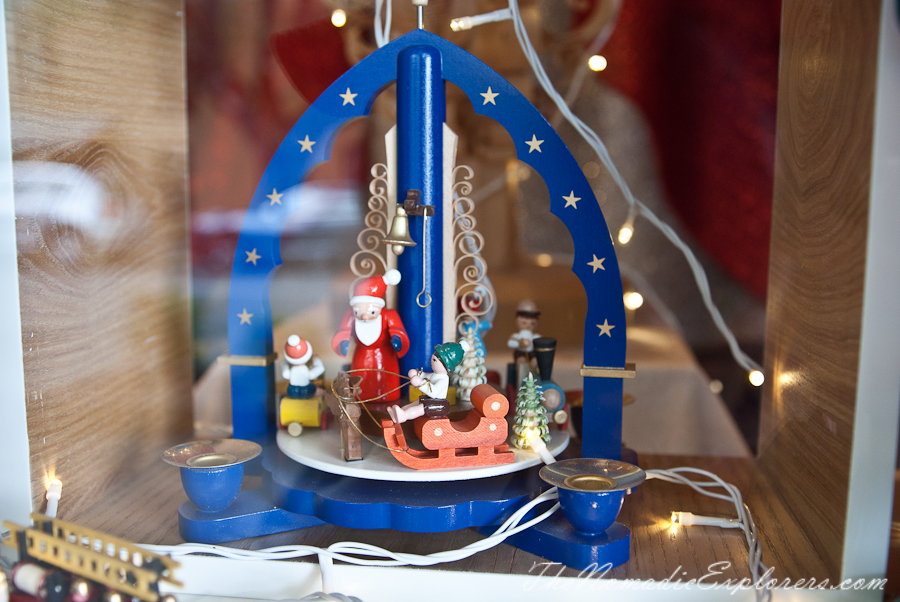
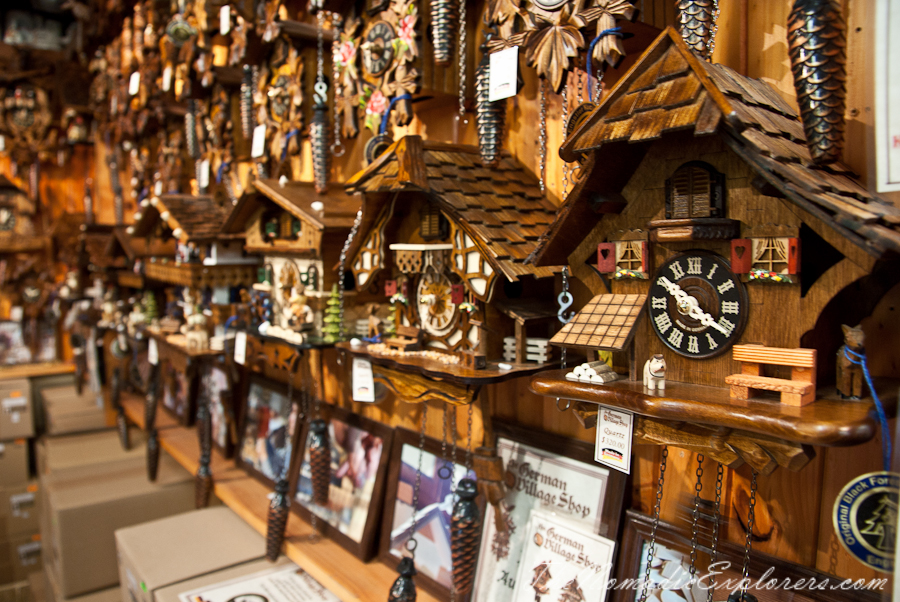
There are two pubs offering authentic German fare and several cafes, restaurants and smallgoods outlets making Hahndorf an ideal place for a day out with family or friends.
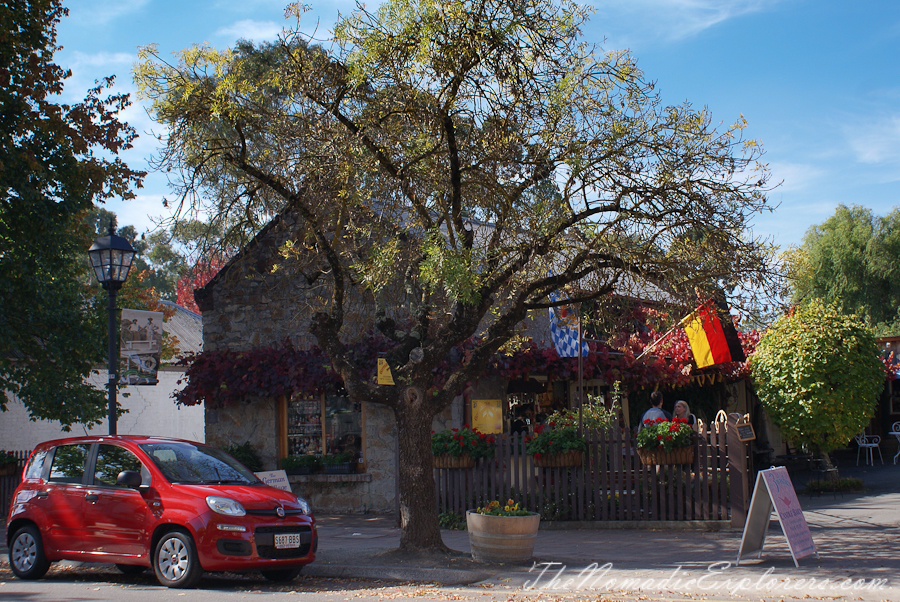
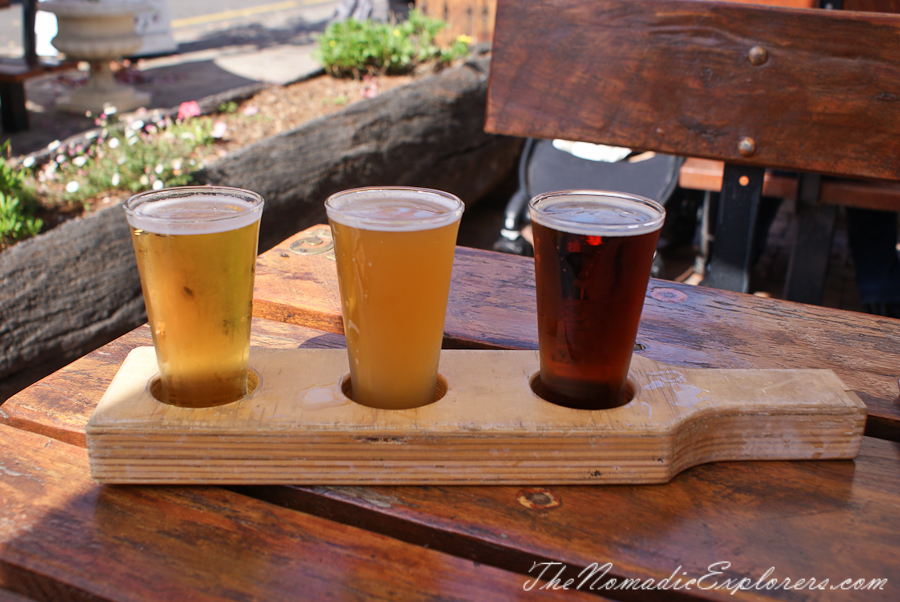
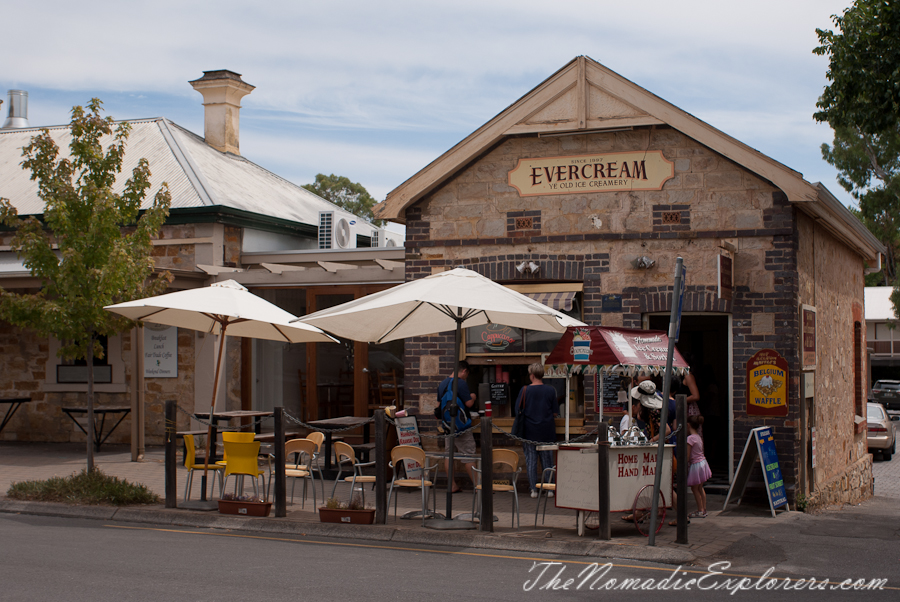
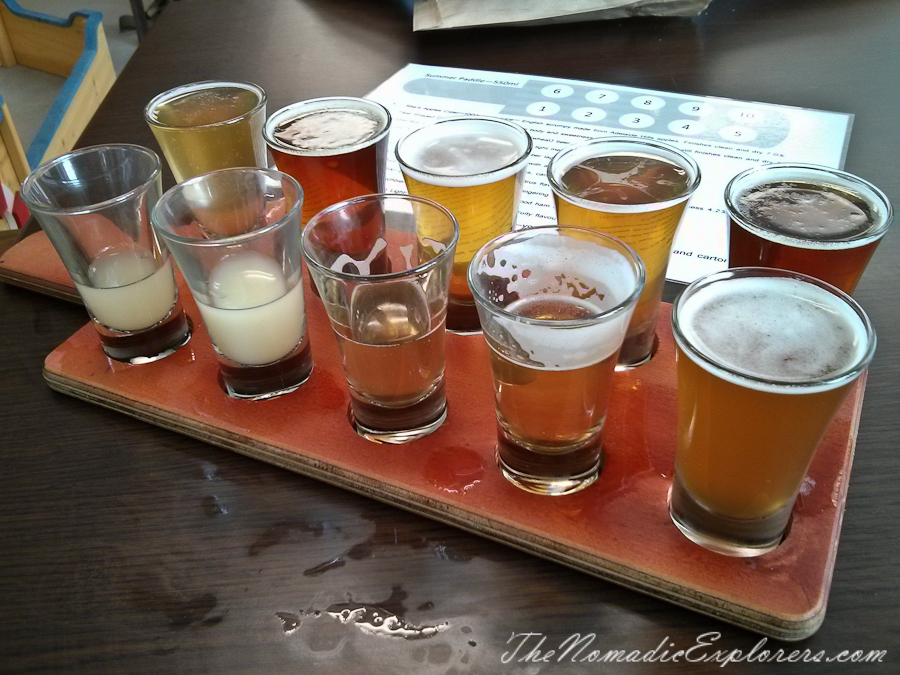
Kids can enjoy a great playground and/or strawberry farm visit:
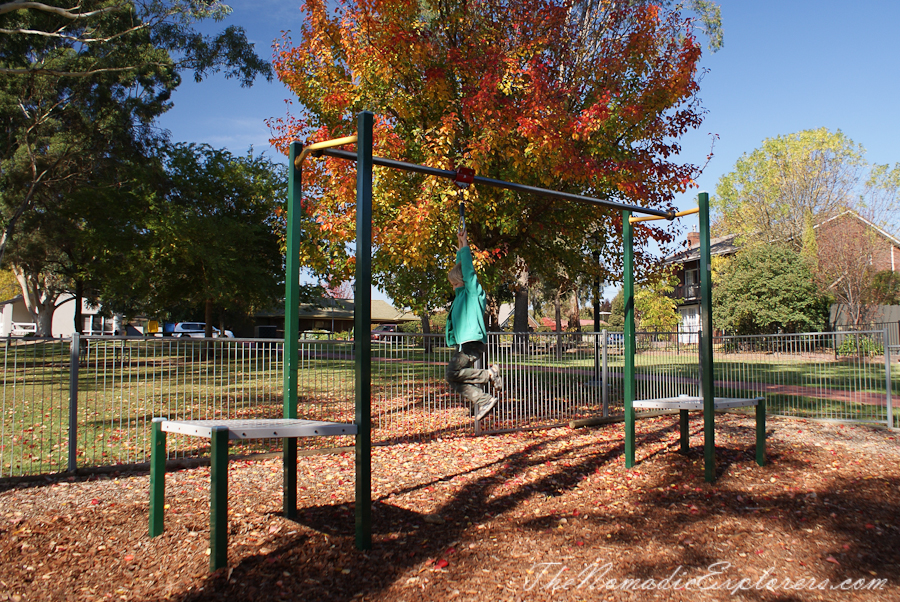
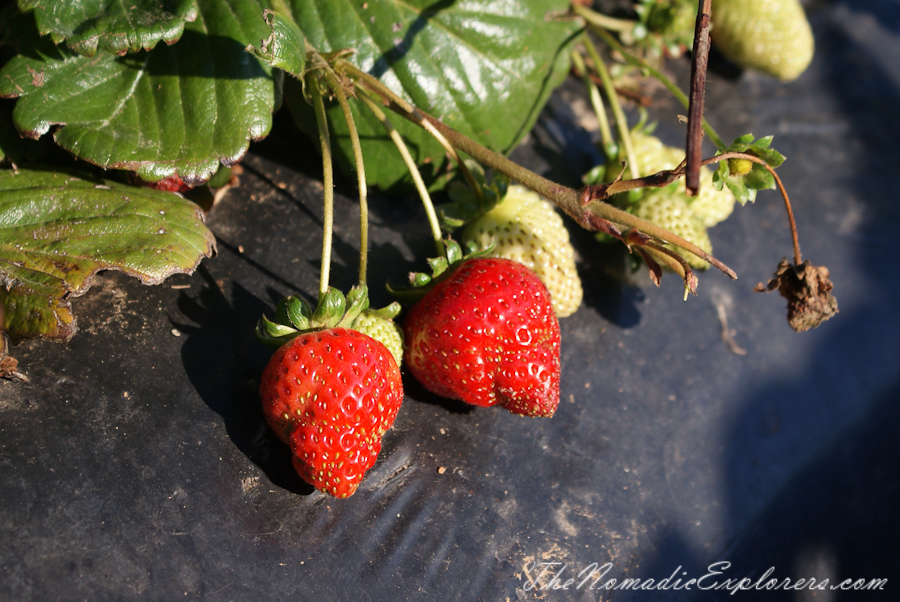
'The Cedars' - the historic home of one of Australia’s most noted landscape artists, Sir Hans Heysen, is located near Hahndorf.
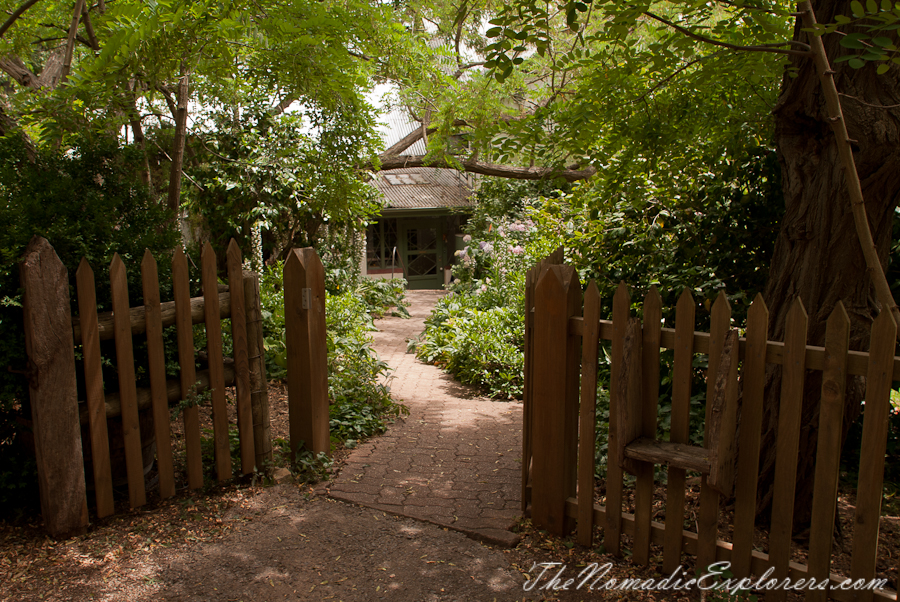
The Cedars was purchased by Hans Heysen in 1912, and he lived there with his wife Sallie, and their family of eight children. Our visit to The Cedars included touring both Hans Heysen’s studio – Australia’s oldest artist’s studio - and Nora Heysen’s studio, as well as the Heysen family home.
Hans Heysen’s studio:
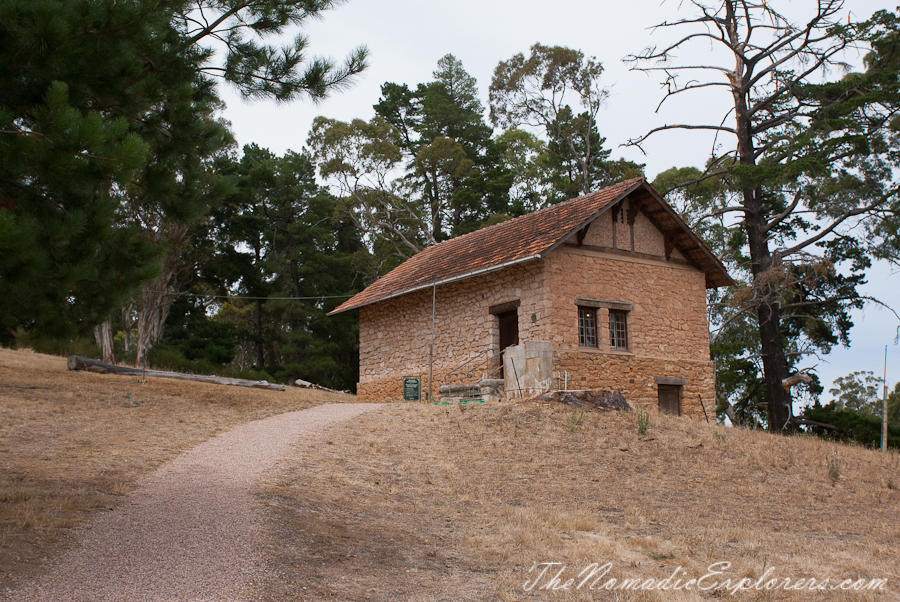

Inside the studio. Image from http://www.hansheysen.com.au/ website
The Heysen family home:
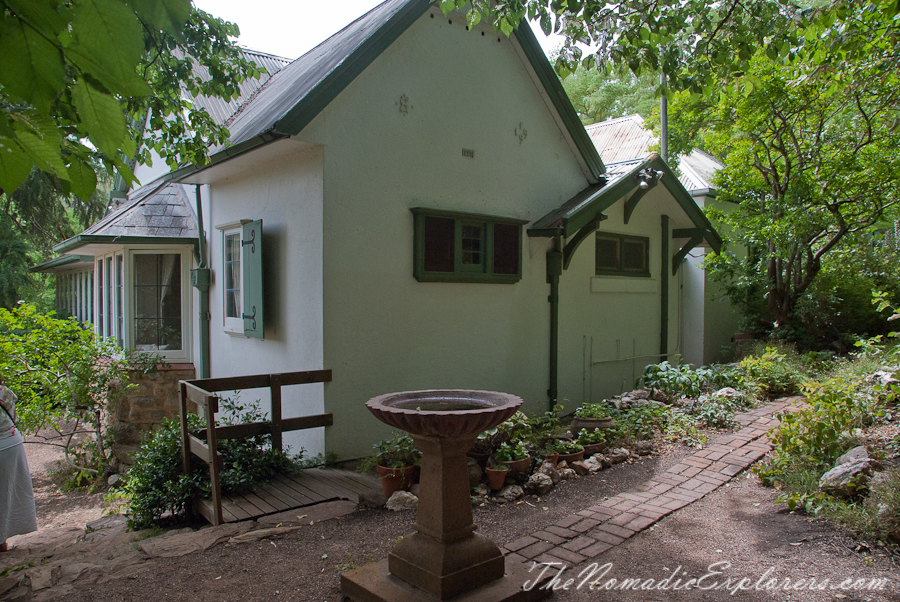
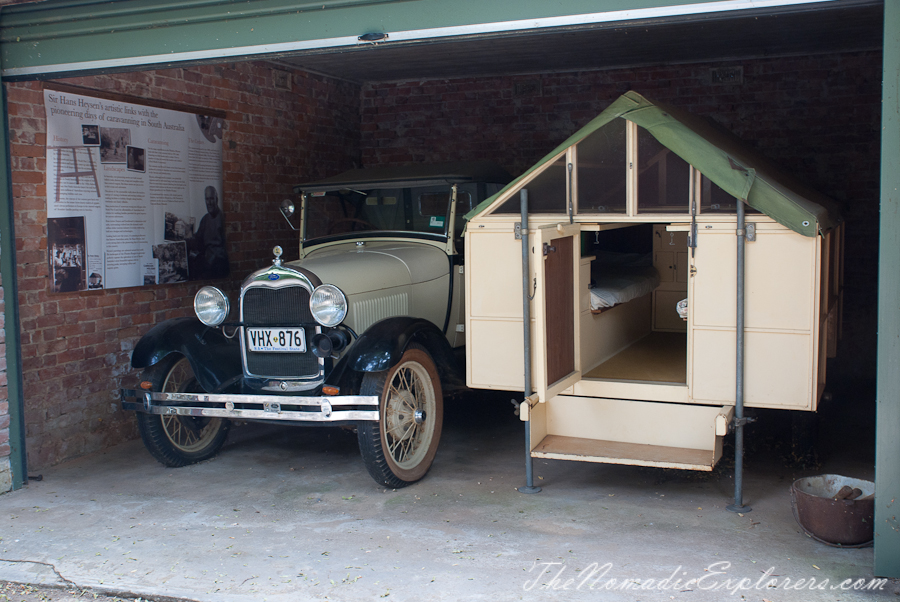
Some 200 original works of art can be seen in changing displays in the studios and the house. Note that you are not allowed to take photos inside the studio and/or visit the family home without a guide.
The Cedars remains privately owned by members of the Heysen family. The proceeds from tour tickets and shop sales contribute directly to the management and maintenance of the house, studios and property. All visitors are welcome to spend time in the charming garden that changes with the seasons, or to wander along the Artist’s Walk and discover some of Heysen’s favoured painting sites.

Droving into the Light, 1914-21, Art Gallery of South Australia, image from Wikipedia
Allow at least two hours for your visit, but ideally, bring a picnic and spend the whole day on the property.
It is absolutelly true that Hahndorf is a unique town where you can walk the past and taste the future. Allow at least half of the day to explore this beautiful place.








